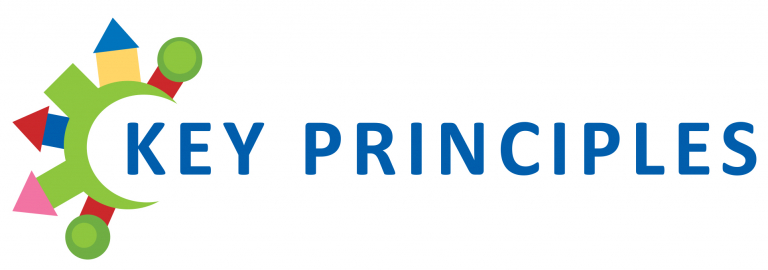Value Investing Program – Phase I (Four Core Principles)

The defacto number one tenet of business is to buy low and sell high. This tenet is exactly what value investing is all about. This buy low, sell high tenet has four core principles that all value investors must adhere to in order to be successful. They are as follows:
- The first principle of value investing focuses on risk reduction. The market gives more credibility to stronger and more stable companies. There are more than 10,000 companies traded on US stock exchanges including the over-the-counter market. The number one tool to reduce risk is to only review and invest in the top 2,000 publicly traded companies in the United States. These are commonly referred to as DOW, S&P 500, S&P Composite 1500 and some of the Russel 2,000 listed companies. This tier of operations are referred to as Large and Mid-Capitalization companies. In effect, their market valuation exceeds $5 Billion. Not all of them qualify, there are some rules that will disqualify some of these companies. But the key to risk reduction is to stick to this group as the investment selection for a value investor’s portfolio.
- The second principle picks up from the primary principle and then further refines risk reduction by establishing an extreme point of a price to pay for the respective security. This is referred to as intrinsic value. But there is more. A value investor will set a buy price with a margin of safety from intrinsic value. This is essentially a discounted price from intrinsic value. There are numerous factors that impact this discounted value from intrinsic value, some are relatively small such as three to eight percent. Others are quite steep with discounts of more than 15% from intrinsic value. Notice how the first two principles focus on the ‘Buy Low’ part of the primary business tenet?
- The third principle focuses on the ‘Sell High’ component of the primary business tenet. Here, this principle advocates proper financial analysis of securities to determine the most probable market recovery price and the expected recovery time frame. There are several approaches for investor to determine this expected market recovery price for the security once it is purchased at a low price. Tools used include financial statement analysis, the historical record of the security and the industry’s overall performance and review. For this principle, financial analysis is explained and identification of key ratios will provide the assurance of a fast and successful recovery.
- The last principle actually is used for the entire ‘buy low, sell high’ tenet. It is patience. Patience is required to buy the stock low and have faith in one’s analysis that indeed the market price for the security will recover to the preset sell point. This particular principle is the most difficult for value investors. Most investors do not have the necessary self control to wait out the market. Anxiety, greed, and impulsive behavior are the enemies of patience. Learning how patience pays off is instrumental with successful value investing.
There are 18 lessons in this phase of the program. Lessons one through five explain the overall approach to investing. Here, the most importance concept to understand for the investor is that value investing is a methodical approach to generating wealth. IT IS NOT A GET RICH QUICK SCHEME. Investing requires thinking and adherence to the four core principles. Lessons six through nine cover each principle individually. Lessons ten through twelve introduce how financial information is compiled and evaluated as a value investor. Lessons thirteen through eighteen explain why pooling of investments is so beneficial to a portfolio of possible investments. This pooling concept is the precursor to understanding the impact industry standards have with financial information and how the investment fund is monitored.
After reading and understanding the first 18 lessons, members are allowed access to additional tutorials, spreadsheets and some deep information articles related to these four core principles.
Once this introduction phase is completed, the student is now ready to go to Phase II of this program. Phase II digs deep into understanding financial analysis and how it creates the necessary knowledge and confidence with a value investors investment decision model.
The lessons, tutorials, webinars, white papers, spreadsheets on this site are designed to teach these four principles. In addition, this site has over 200 supporting articles that augment the lessons and the program. It is effectively the best resource center available to learn about and implement a personal value investment fund. The annual goal is to achieve 20% plus returns.
Value Investing – Reasonable Expectations (Lesson 1)
Value Investing – Risk Aversion (Lesson 2)
Value Investing – Market Fluctuations (Lesson 3)
Value Investing – Holistic Approach (Lesson 4)
Value Investing – Primary Tenet of Business (Lesson 5)
Value Investing – Principle #1: Risk Reduction (Lesson 6)
Value Investing – Principle #2: Intrinsic Value (Lesson 7)
Value Investing – Principle #3: Financial Analysis (Lesson 8)
Value Investing – Principle #4: Patience (Lesson 9)
Value Investing – Financial Statements (Lesson 10)
